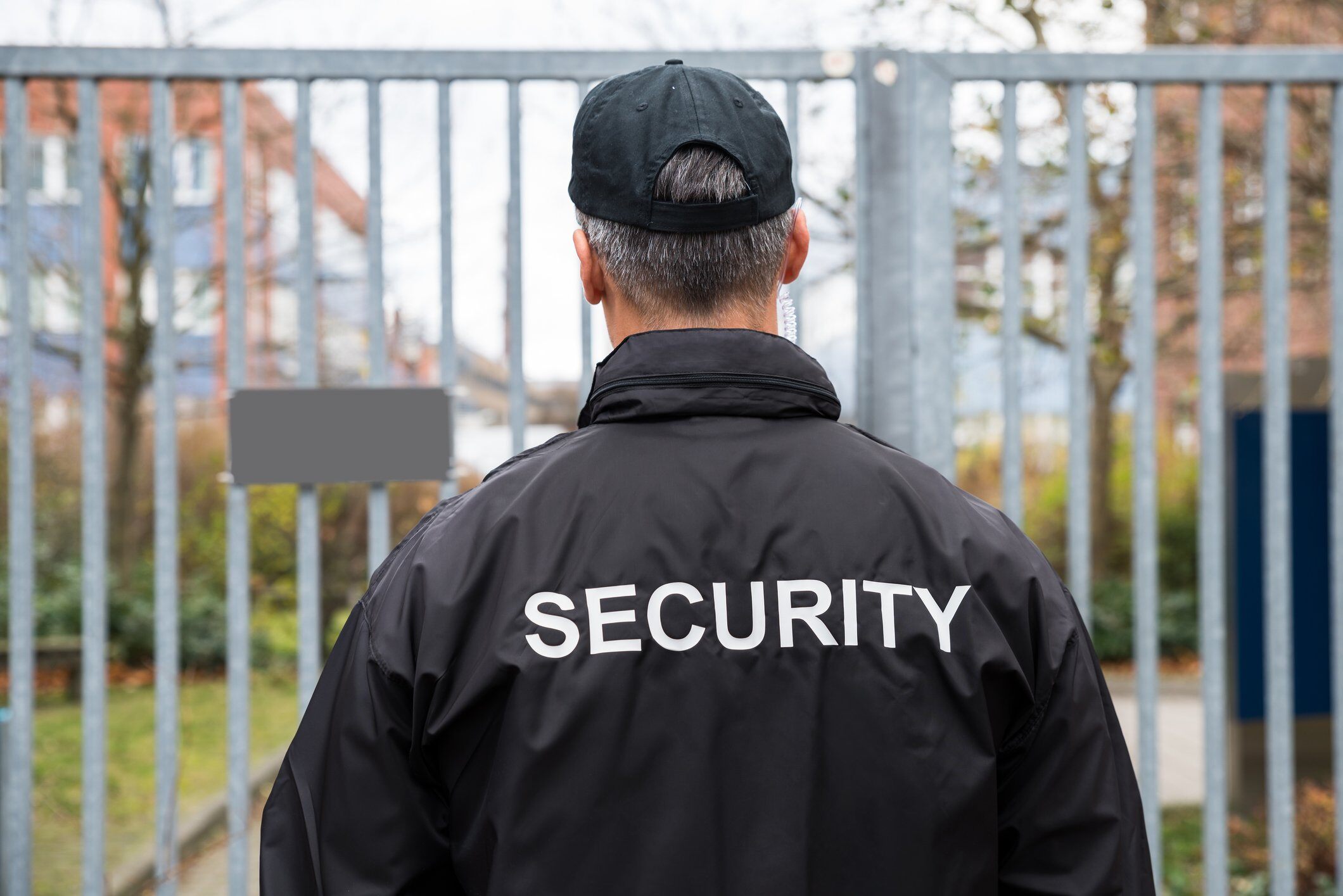As part of a larger tort reform, the Florida legislature has leveled the playing field for tort claims against multifamily residential property owners based on third-party criminal acts. While this legislation only applies to Florida properties, it's comprised of security best practices that may reduce liability on properties across the county.
In March, Florida lawmakers adopted a special presumption: if a multifamily property owner implements specific security measures outlined in the tort-reform law, they’re presumed not liable for the criminal act of anyone other than their employee or agent.
 Presumptions are rules of law that establish or recognize basic norms, subject to rebuttal, according to HAI Group Chief Legal and Compliance Officer Tony Corleto (pictured at left).
Presumptions are rules of law that establish or recognize basic norms, subject to rebuttal, according to HAI Group Chief Legal and Compliance Officer Tony Corleto (pictured at left).
“Perhaps best known is the presumption of innocence in criminal law—the accused is presumed innocent until proven guilty, placing the burden of proof on the prosecution,” Corleto explained. “Also, an individual is presumed to have mental capacity unless they (or their lawyer) prove otherwise.”
Corleto said the new law may deter some litigation against multifamily property owners in Florida.
"It will also enable a property owner sued on a theory of negligent security to move for summary judgment—a procedural device that can dispose of a suit before trial,” he said.
Presumption against liability requirements
To qualify for the presumption of liability, a multifamily property must have at least five dwelling units—the units can be spread across multiple buildings but must be on the same parcel—and the following security measures:
- A security camera system at points of entry and exit recording and maintaining footage for at least 30 days to assist in offender identification and apprehension.
- A lighted parking lot that’s illuminated from dusk until dawn.
- Lighting in walkways, laundry rooms, common areas, and porches from dusk until dawn.
- A deadbolt of at least one inch in each dwelling unit door.
- A locking device on each window, each exterior sliding door, and any other doors not used for community purposes.
- Locked gates with key or fob access along pool fence areas.
- A peephole or door viewer on each dwelling unit door that does not include a window or that does not have a window next to the door.
Property owners must also provide “proper crime deterrence and safety training to its current employees” by January 1, 2025. The training is to familiarize employees with security principles, devices, measures, and standards set forth by the physical security measures noted above. New employees hired after January 1, 2025, must receive this training within 60 days of their hire date.
Lastly, property owners must conduct a “crime prevention through environmental design” assessment that’s no more than three years old. The assessment must be performed by a law enforcement agency or a Florida Crime Prevention Through Environmental Design Practitioner designated by the Florida Crime Prevention Training Institute of the state’s Department of Legal Affairs.
According to Florida state statute, crime prevention through environmental design means “the planned use of environmental design concepts such as natural access control, natural surveillance, and territorial reinforcement in a neighborhood or community setting which is designed to reduce criminal opportunity and foster positive social interaction among the legitimate users of that setting.”
The benefits of conducting an environmental security assessment

Shannon Bryson, a public safety consultant with security firm Critical Intervention Services in Florida, discussed the importance of environmental security assessments in a session on physical security at HAI Group’s 2022 Risk Control Conference.
“This assessment takes everything about your property into account, such as fencing and lighting, and also looks at the environment immediately surrounding your property,” Bryson said.
An environmental assessment can help housing organizations understand trends, such as increased loitering and non-residents spending more time on your property. An assessment is also recommended after a major incident of vandalism or crime.
“The assessment helps determine the draw, what’s bringing people in,” Bryson said. “It creates foreseeability.”
He said an assessment should identify areas conducive to natural surveillance “where there are eyes on areas with activity,” such as windows that face parking lots and playgrounds. It should uncover any property access control concerns, such as fencing or bushes around the property with gaps that create walkways.
Lastly, the assessment should focus on whether the property has a true perimeter. Criminals often target properties they feel no one cares about, Bryson said.
“It’s important to maintain your property, as it clearly defines where your property lines are,” he said. “This shows the criminal element that you know and care about your property, and someone is doing something about it on a daily basis.”
After an organization completes an environmental assessment, it can prioritize where to invest in heightened security. Bryson said property lighting and security cameras are effective deterrents, especially in shared recreational spaces with posted hours.
“Criminals don’t want to be seen, and most criminal activity is at night,” he said.
Cameras are effective in common areas with posted hours, such as basketball courts and playgrounds. Those responsible for monitoring activity can easily identify someone trespassing in real time based on the posted hours of operation.
“Cameras are great for after-the-fact evidence, but it’s very difficult for someone to monitor any more than four cameras at once,” Bryson said. “It’s going to be very tough for someone to accurately identify an issue before it happens. But if you have areas that are closed, and cameras are on it, that’s easy.”
Additional tips to deter crime on multifamily affordable housing properties

-
Secure windows, basement entries, external stairways, and storage sheds.
-
Install security fencing around your property.
-
Use unbreakable security glass to deter vandals from breaking out windows and doors.
-
Ensure security cameras function properly.
-
Ask local police to patrol your property as often as possible during the night hours.
-
Trim any overgrown landscaping near windows and doors to minimize hiding spots. Also, use landscape designs (such as prickly shrubs or closely planted hedges) to deter unauthorized access to buildings.
-
Maintain adequate exterior lighting near doors, in parking lots, and behind buildings. Replace any burned-out bulbs. Keep interior lights on at night, especially in common areas. Use a timer or light-sensitive switch to create the illusion that the building is occupied. Consider installing motion-sensitive lights.
-
Clean up vandalism and remove or repair any damaged items as soon as possible. Replace signs, repair playground equipment, and paint over graffiti.
-
Support community programs that give young people something to do.
-
Host meetings with residents to discuss concerns about criminal activity and brainstorm solutions.
Need security advice for your public or affordable housing organization? HAI Group's Risk Control and Consulting team is ready to help.
Includes copyrighted material from a company under the HAI Group family, with its permission. This post is for informational purposes only and is not intended to provide legal advice, and shall not be relied on as such. We strongly recommend consulting with legal counsel or an appropriate subject matter expert.






